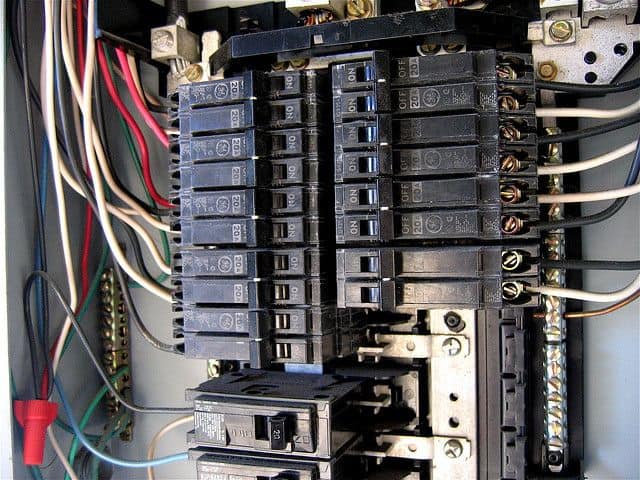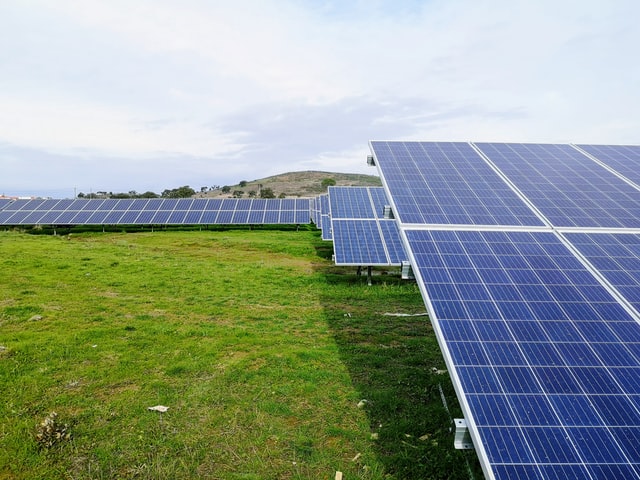
Potential of Renewable Energy Sources
In our quest for a sustainable and greener future, renewable energy sources have taken center stage. Solar panels glisten on rooftops, wind turbines gracefully rotate in the breeze, and hydroelectric dams harness the power of flowing water. These sources hold immense promise, but their intermittent nature presents a significant challenge. Enter energy storage technologies – the unsung heroes that have the potential to unlock the full capabilities of renewable energy sources and revolutionize the way we power our world.
The Challenge of Intermittency
Renewable energy sources like solar and wind are dependent on nature’s whims. The sun doesn’t shine 24/7, and the wind doesn’t blow consistently. This intermittency creates a mismatch between energy production and demand, especially considering the consistent energy needs of modern society. Imagine a sunny day when solar panels are generating surplus energy, but the demand is low. Without a way to store that excess energy, it goes to waste.
Similarly, wind farms might produce ample electricity during windy nights when demand is low, only to fall short during peak daytime hours. This rollercoaster effect makes it challenging to rely solely on renewables and calls for a reliable means of storing excess energy when it’s available and releasing it when it’s needed.
Energy Storage Technologies to the Rescue
Energy storage technologies offer a solution to the intermittency problem. These innovations allow us to capture surplus energy when it’s available and release it on demand, bridging the gap between energy production and consumption. Let’s explore some of the most promising energy storage technologies that are driving us toward a more sustainable future:
1. Batteries: Power on Demand
Batteries have become a household name thanks to the proliferation of electric vehicles, but their potential goes far beyond the road. Grid-scale batteries can store excess energy generated during peak production periods and release it when demand spikes. Lithium-ion batteries, in particular, have made significant strides in efficiency and cost reduction, making them a popular choice for energy storage applications.
2. Pumped Hydro Storage: Nature’s Battery
Pumped hydro storage is a tried-and-true method of energy storage that uses the power of gravity and water. During periods of excess energy, water is pumped uphill to a reservoir. When energy demand surges, the water is released, flowing downhill and turning turbines to generate electricity. This elegant solution leverages the natural topography of the land and can provide large-scale storage capacity.
3. Compressed Air Energy Storage (CAES): Air under Pressure
CAES involves compressing air and storing it in underground caverns or tanks. When electricity demand rises, the compressed air is released, heated using natural gas or other fuels, and used to drive turbines, generating electricity. CAES offers a balance between high power output and storage capacity, making it suitable for grid stabilization.
4. Flywheel Energy Storage: Spinning Reserves
Flywheel energy storage harnesses the principle of kinetic energy. Excess electricity is used to accelerate a flywheel to high speeds. When demand increases, the energy stored in the spinning flywheel is converted back into electricity. Flywheel systems offer rapid response times and can help stabilize the grid during sudden fluctuations.
5. Thermal Energy Storage: Heat for Later
Thermal energy storage involves capturing heat produced by renewable sources and storing it for later use. This heat can be used directly or converted into electricity using turbines. Molten salt and phase change materials are commonly used for such applications. Thermal energy storage is particularly useful for concentrating solar power plants.
6. Hydrogen Storage: A Versatile Option
Hydrogen is garnering attention as a clean energy carrier and storage medium. Excess renewable energy can be used to produce hydrogen through electrolysis, and the hydrogen can be stored and used for electricity generation or other applications. Hydrogen storage has the advantage of being versatile and can be integrated into existing infrastructure.

The Road Ahead
Energy storage technologies hold immense promise for reshaping our energy landscape and maximizing the potential of renewable sources. As these technologies continue to evolve, several challenges must be addressed. Cost remains a significant factor, but ongoing research and development are steadily driving down prices. Additionally, improving the efficiency, lifespan, and environmental impact of storage solutions are crucial aspects of the journey forward.
Policy support and investments are essential to accelerate the adoption of energy storage technologies. Governments, industries, and research institutions must collaborate to create an enabling environment that fosters innovation and incentivizes the deployment of these technologies. From local microgrids to massive utility-scale installations, energy storage has the power to transform the way we generate, store, and consume energy.
Conclusion
The integration of energy storage technologies is a pivotal step towards realizing a world powered by clean and sustainable energy. These innovations enable us to harness the intermittent nature of renewable sources and transform them into reliable power sources that can meet our energy demands. From batteries to pumped hydro storage and beyond, each technology offers unique advantages and contributes to a more resilient and flexible energy grid.
As we move forward, it’s imperative to recognize the critical role that energy storage plays in the broader transition to a low-carbon future. By investing in research, development, and implementation, we can unleash the full potential of renewable energy sources and pave the way for a cleaner, greener, and more sustainable planet for generations to come. Please try to navigate here to find additional tips and information about the potential of renewable energy sources.





